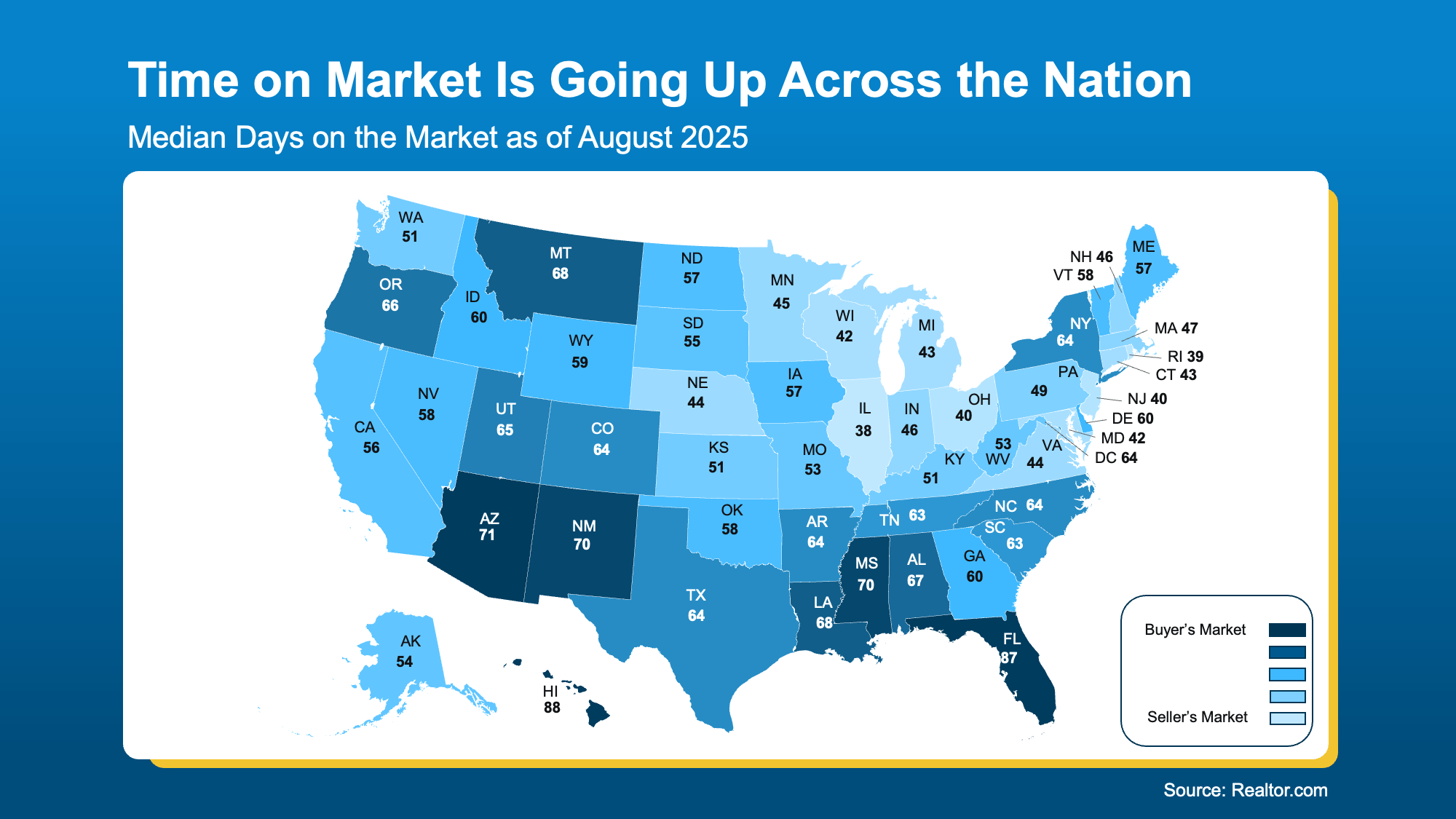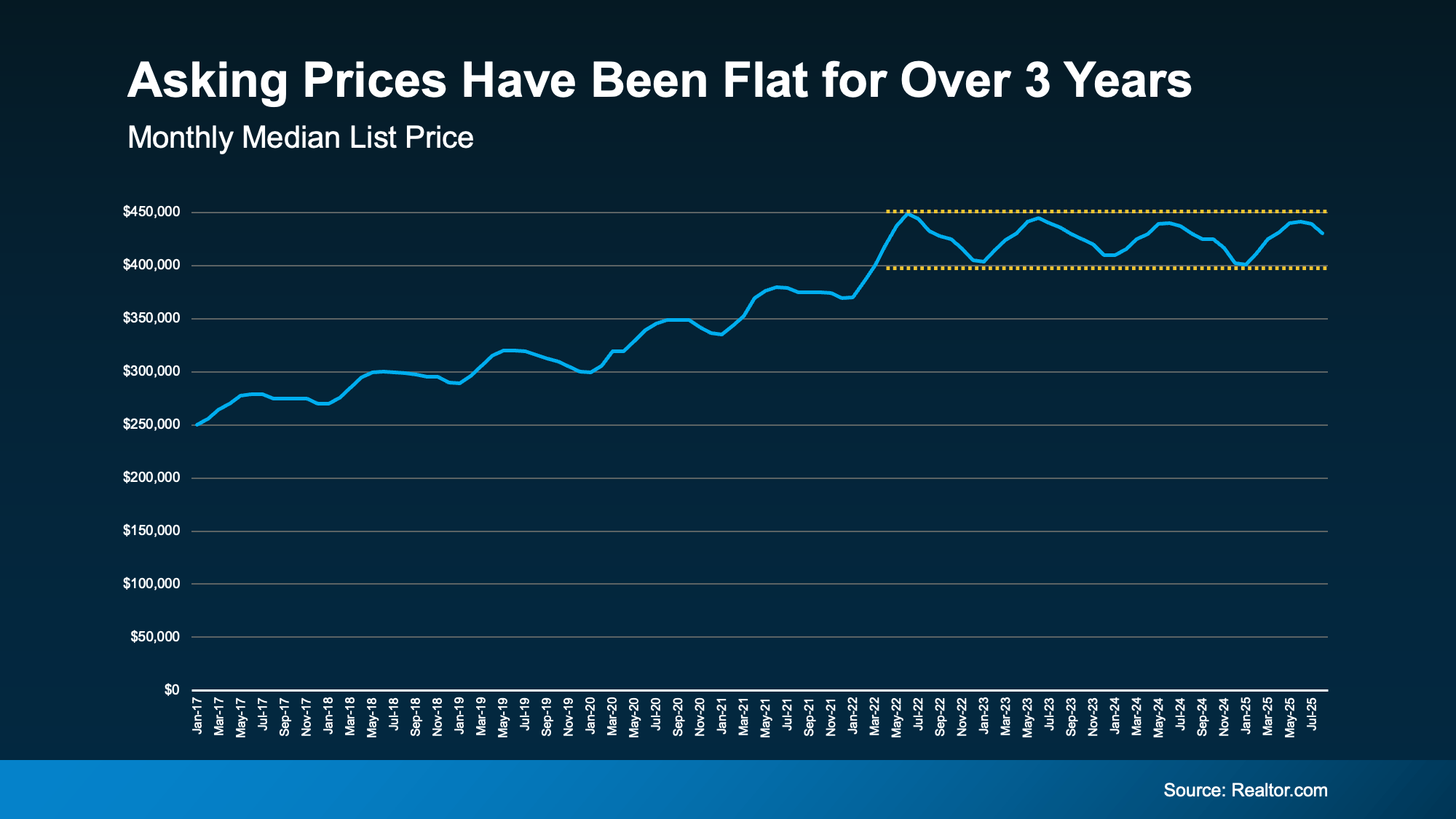Why Home Prices Aren’t Actually Flat
If you’ve been following real estate news lately, you’ve probably seen headlines saying home prices are flat. And at first glance, that sounds simple enough. But here’s the thing. The reality isn’t quite that straightforward.
In most places, prices aren’t flat at all.
What the Data Really Shows
While we’ve definitely seen prices moderate from the rapid and unsustainable climb in 2020-2022, how much they’ve changed is going to be different everywhere.
If you look at data from ResiClub and Zillow for the 50 largest metros, this becomes very clear. The real story is split right down the middle. Half of the metros are still seeing prices inch higher. The other half? Prices are coming down slightly (see graph below).
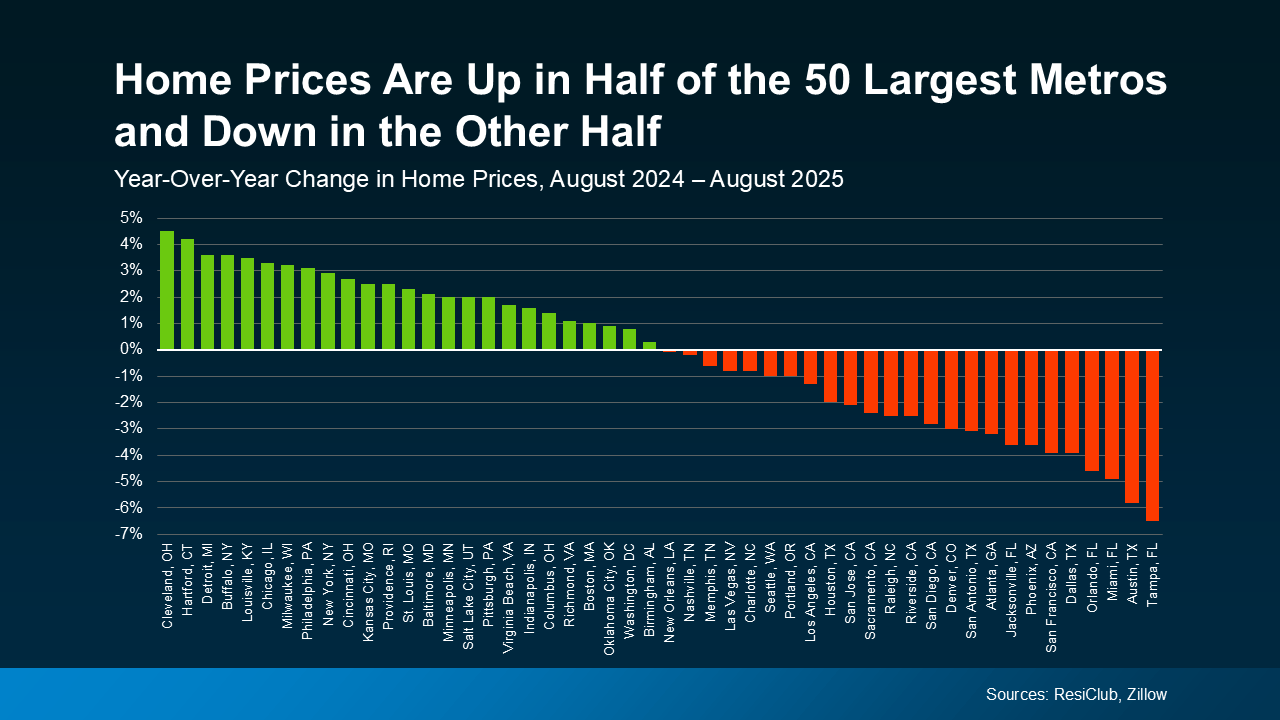 The big takeaway here is “flat” doesn’t mean prices are holding steady everywhere. What the numbers actually show is how much price trends are going to vary depending on where you are.
The big takeaway here is “flat” doesn’t mean prices are holding steady everywhere. What the numbers actually show is how much price trends are going to vary depending on where you are.
One factor that’s driving the divide? Inventory. The Joint Center for Housing Studies (JCHS) of Harvard University explains:
“ . . . price trends are beginning to diverge in markets across the country. Prices are declining in a growing number of markets where inventories have soared while they continue to climb in markets where for-sale inventories remain tight.”
When you average those very different trends together, you get a number that looks like it’s flat. But it doesn’t give you the real story and it’s not what most markets are feeling today. You deserve more than that.
And just in case you’re really focusing on the declines, remember those are primarily places where prices rose too much, too fast just a few years ago. Prices went up roughly 50% nationally over the past 5 years, and even more than that in some of the markets that are experiencing a bigger correction today. So, a modest drop in some local pockets still puts most of those homeowners ahead when it comes to the overall value of their home. And based on the fundamentals of today’s housing market, experts are not projecting a national decline going forward.
So, what’s actually important for you to know?
If You’re Buying…
You need to know what’s happening in your area because that’s going to influence everything from how quickly you need to make an offer to how much negotiating power you’ll have once you do.
- In a market where prices are still inching up, waiting around could mean paying more down the line.
- In a market where they’re easing, you may be able to ask for things like repairs or closing cost help to sweeten the deal.
The bottom line? Knowing your local trend puts you in the driver’s seat.
If You’re Selling…
You’ll want to be aware of local trends, so you’ll know how to price your house and how much you can expect to negotiate.
- In a market where prices are still rising, you may not need to make many compromises to get your home sold.
- But if you’re in a market where prices are coming down, setting the right price from the start and being willing to negotiate becomes much more important.
The big action item for homeowners? Sellers need to have an agent’s local perspective if they want to avoid making the wrong call on pricing – and homes that are priced right are definitely selling.
The Real Story Is Local
The national averages can point to broad trends, and that’s helpful context. But sometimes you’re going to need a local point of view because what’s happening in your zip code could look different. As Anthony Smith, Senior Economist at Realtor.com, article puts it:
“While national prices continued to climb, local market conditions have become increasingly fragmented…This regional divide is expected to continue influencing price dynamics and sales activity as the fall season gets underway.”
That’s why the smartest move, whether you’re buying or selling, is to lean on a local agent who’s an expert on your market.
They’ll have the data and the experience to tell you whether prices in your area are holding steady, moving up, or softening a bit – and how that could impact your move.
Bottom Line
Headlines calling home prices flat may be grabbing attention, but they’re not giving you the full picture.
Has anyone taken the time to walk you through what’s happening in your market?
If you want the real story about what prices are doing in your area, connect with a local agent.
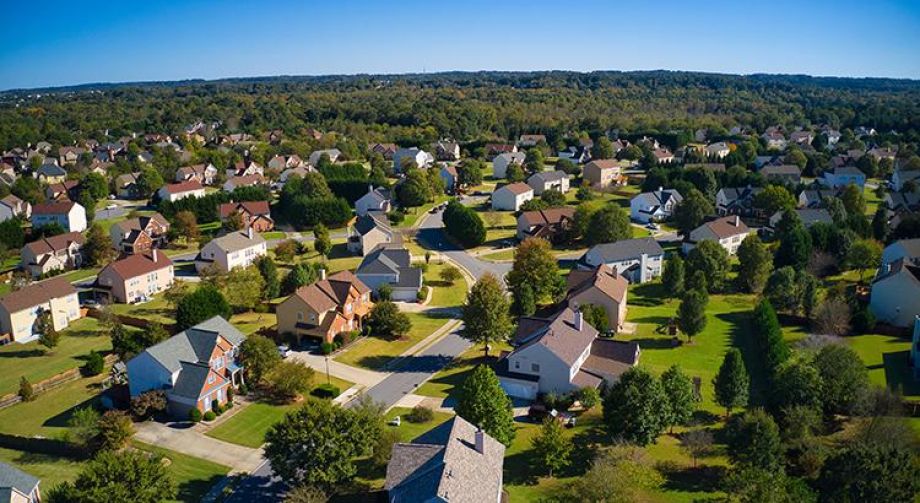

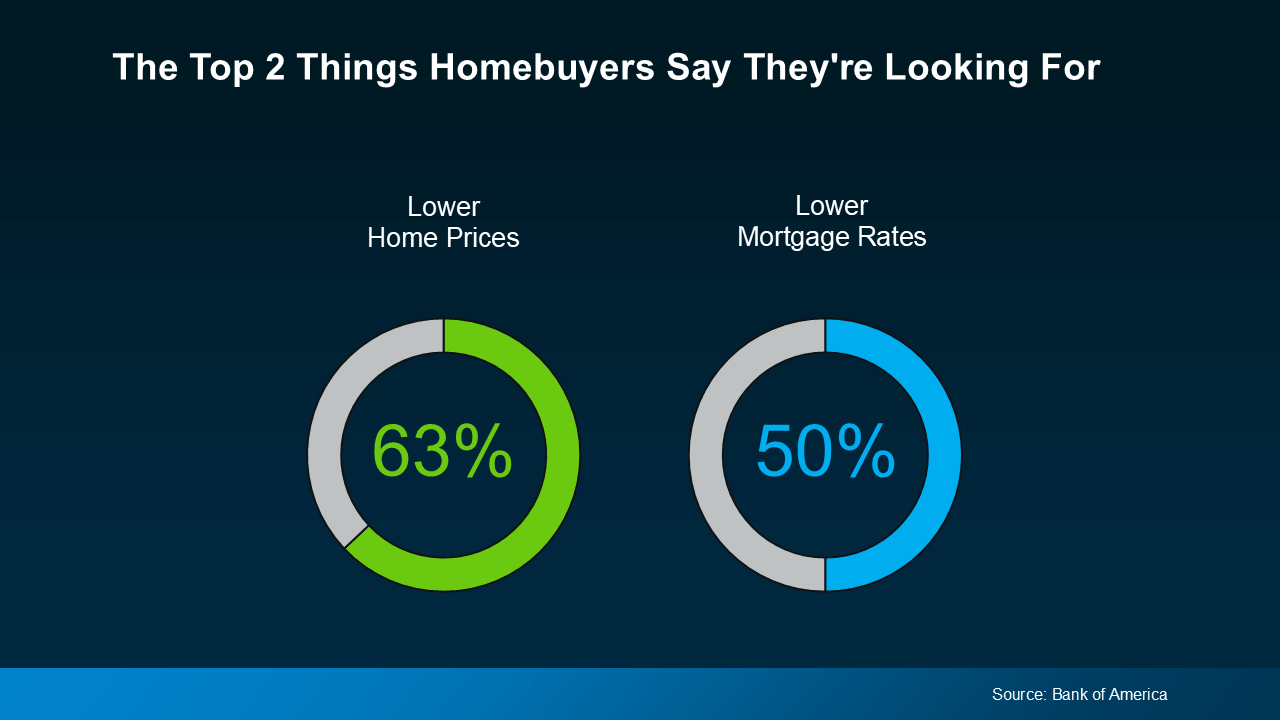

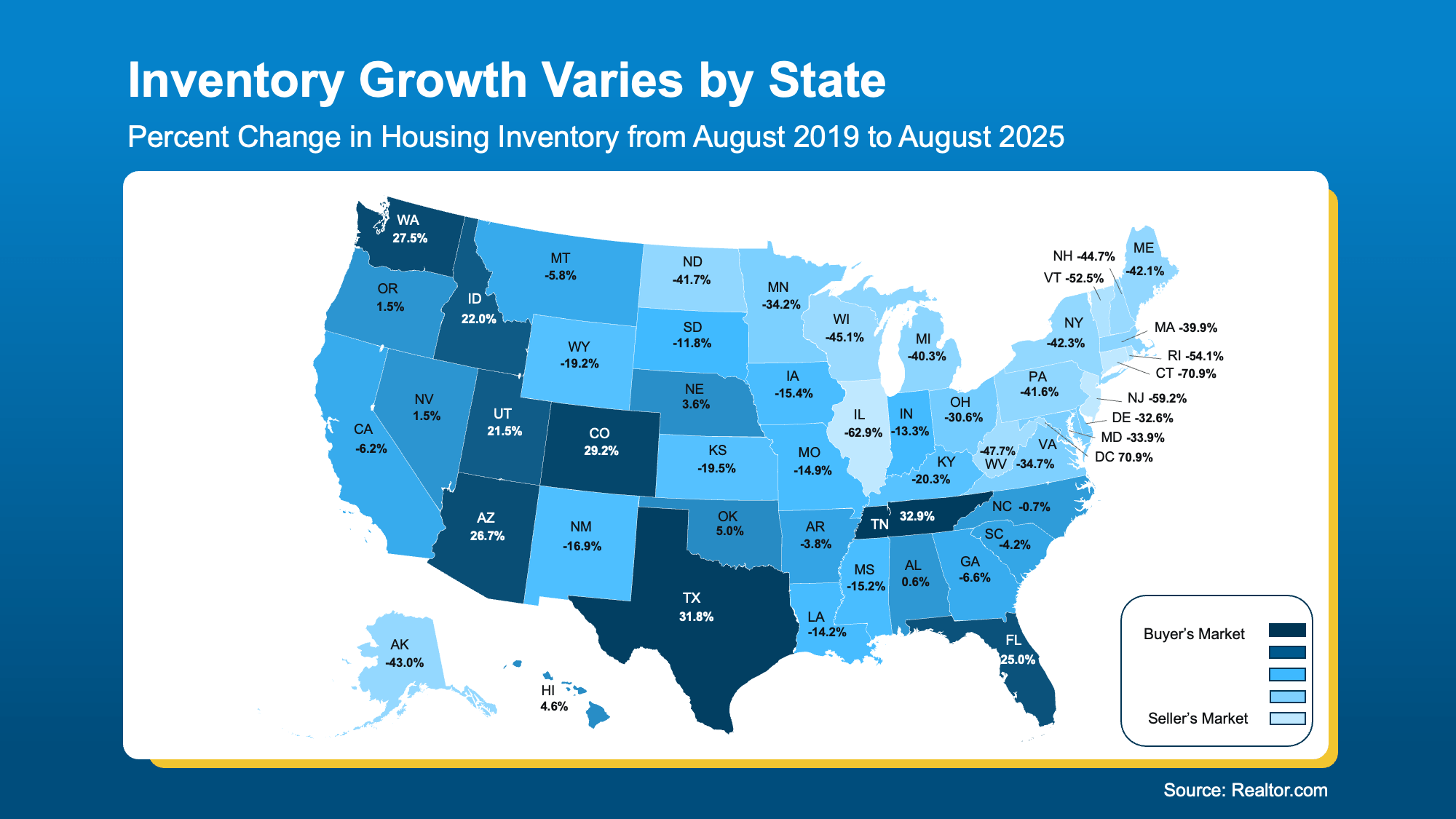 Prices Follow Inventory
Prices Follow Inventory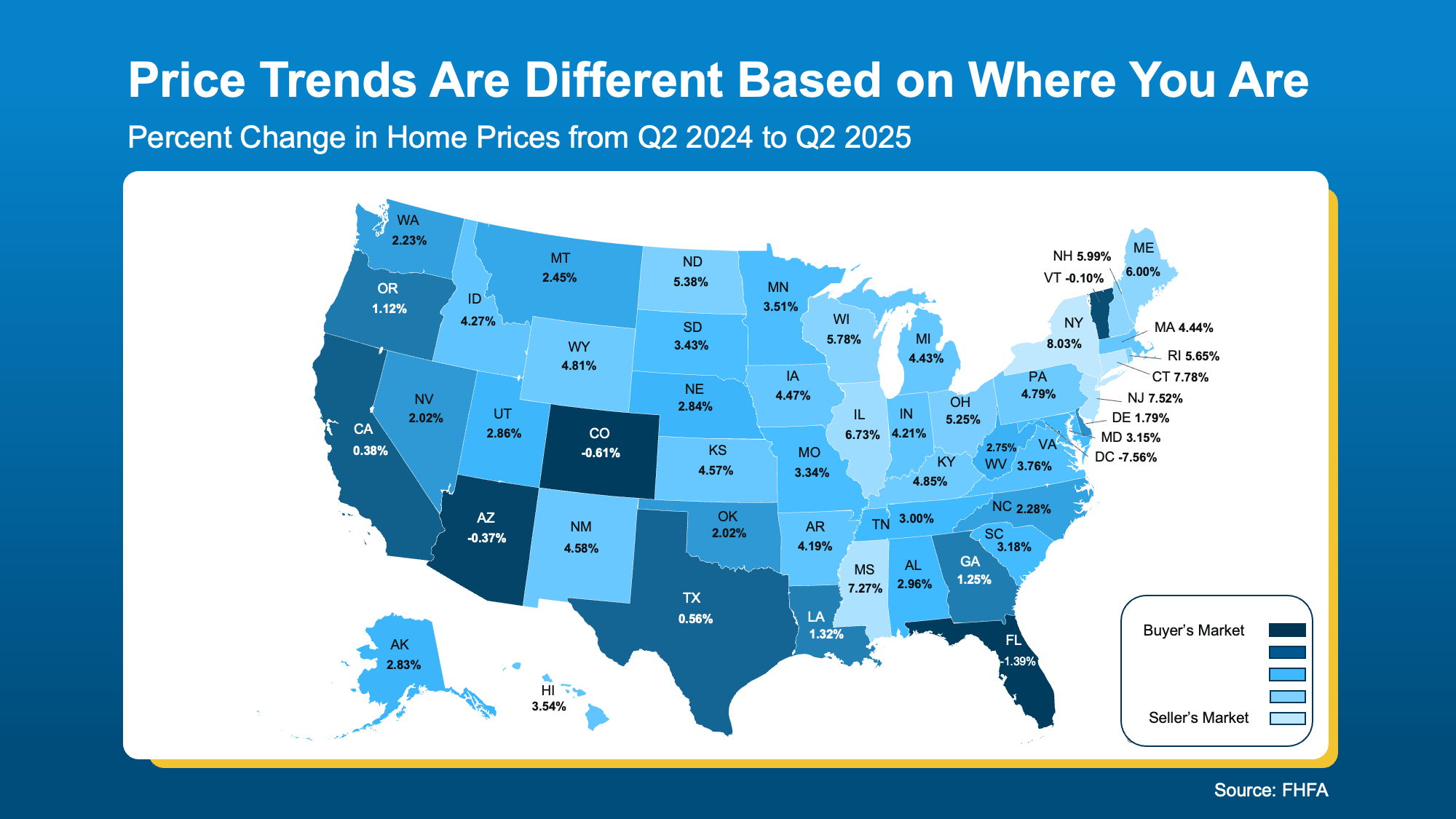 Time on Market Tells the Same Story
Time on Market Tells the Same Story